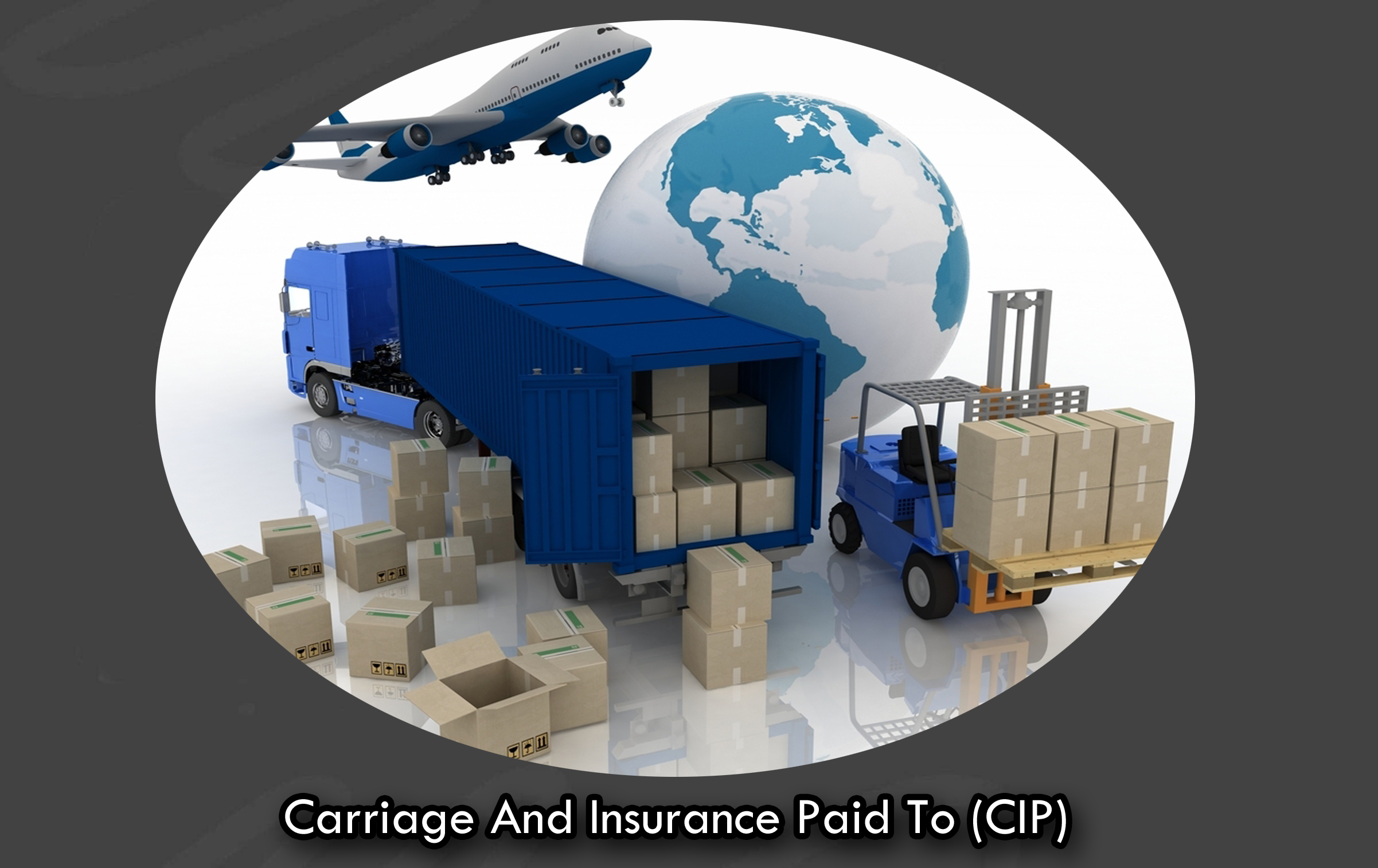
Carriage and Insurance Paid To (CIP) is a trade term that requires the seller to cover the costs of freight and insurance to transport goods from their factory to a specified location chosen by the buyer.

Once the goods are handed over to the buyer’s carrier or appointed party, the risk of loss or damage shifts from the seller to the buyer.
CIF (Cost, Insurance, and Freight) is a similar contract type used in commodities and maritime trade, but with some key differences. Under CIP, the seller is responsible for obtaining insurance coverage for 110% of the contract value. If the buyer desires additional coverage, they must arrange it themselves.
How Does Carriage And Insurance Paid To (CIP) Work
One of many conventional applications of insurance in international trade is carriage and insurance paid to (CIP). This allows a seller to cover the expenses of goods delivery to a particular location.
For instance, CIP New York implies that the seller must cover the expense of freight and insurance to New York.
In a situation with carriage paid to (CPT), costs of carriage or freight with CIP relate to delivery costs for any approved mode of transportation.
This may include sea, land, air, rail, inland waterways, and multimodal transit with various methods.
For instance, LG in South Korea intends to send an item containing tablet computers to Best Buy in the USA. According to CIP, LG will cover all expenses for freight and the minimum insurance policy.
The task is to deliver tablet computers to the chosen Best Buy representative at the specified location in the USA.
After the delivery has been allocated to a Best Buy representative, LG’s responsibility is over, and Best Buy takes full responsibility for any risk.
What Are The Differences Between CIP And CIF?
Aside from the cost, insurance, freight (CIF), carriage, and insurance paid to (CIP) is one of the two incoterms that are necessary coverage.
In both situations, the seller is in charge of getting cargo insurance. The only difference between the two incoterms is that CIF only applies to sea freight while CIP is utilized for all modes of transportation.
This implies that CIF is responsible for handling any transferred product at the origin seaport, while CIP is responsible for any specific location in the main country.
CIP and CPT are quite the same, with the exception that CIP also requires the seller to arrange main carriage insurance.
What Does Carriage And Insurance Paid To (CIP) Cover?
The International Chamber of Commerce established CIP as a universal incoterm. This determines standard contract terms that pay the cost of goods delivery in a business sale.
Additionally, CIP requires sellers to cover freight and insurance when delivering goods to a buyer in a mutually agreed-upon region.
Furthermore, once the goods are gotten by the buyer, the risk of loss or damage would be the buyer’s responsibility.
How Much Does Carriage And Insurance Paid To (CIP) Need
The seller is required to purchase insurance covering 110% of the agreed-upon value. Also, it is the buyer’s responsibility to arrange and pay for additional insurance if they so choose.
Any authorized mode of transportation, including freight forwarding, air travel, land, sea, and land transportation, may be utilized.
Advantages And Disadvantages Of Carriage And Insurance Paid To (CIP)
It’s important to understand the benefits of international trade from the clarity and assurance that CIP incoterms provide.
The main advantages of carriage and insurance paid to CIP are the duties and the seller’s guarantee of insurance coverage.
However, it’s important to dispel myths, like CIP is always the best choice or provides complete insurance coverage.
Understanding the unique characteristics of CIP, such as its limited insurance coverage and suitability based on trade specifics, is crucial for effectively utilizing its advantages.
Advantages
- Responsibility clarity: Clearly defined roles help to avoid confusion and conflict.
- Guarantee of insurance coverage: Security during transit is provided by the seller’s duty to insure the goods.
- Effective communication: Transactions go more smoothly when roles are clearly defined.
Disadvantages
- Limited insurance coverage: CIP does not require full insurance coverage; only the bare minimum is needed.
- Not always the best choice: Depending on the details of the trade, CIP may or may not be appropriate.
Carriage and insurance paid to CIP only cover the first carrier at the shipment location if multi-modal transportation is covered by the agreement.
Final Thoughts
Carriage and insurance paid to (CIP) means a delivery plan in which the seller covers the cost of freight and insurance when delivering goods to the buyer.
Additionally, it’s a designated representative at a location that is mutually agreed upon. The goods must be insured by the seller for 110% of the agreed-upon value.
CIP is an International Chamber of Commerce (ICC)-created, globally recognized Incoterm for international trade.